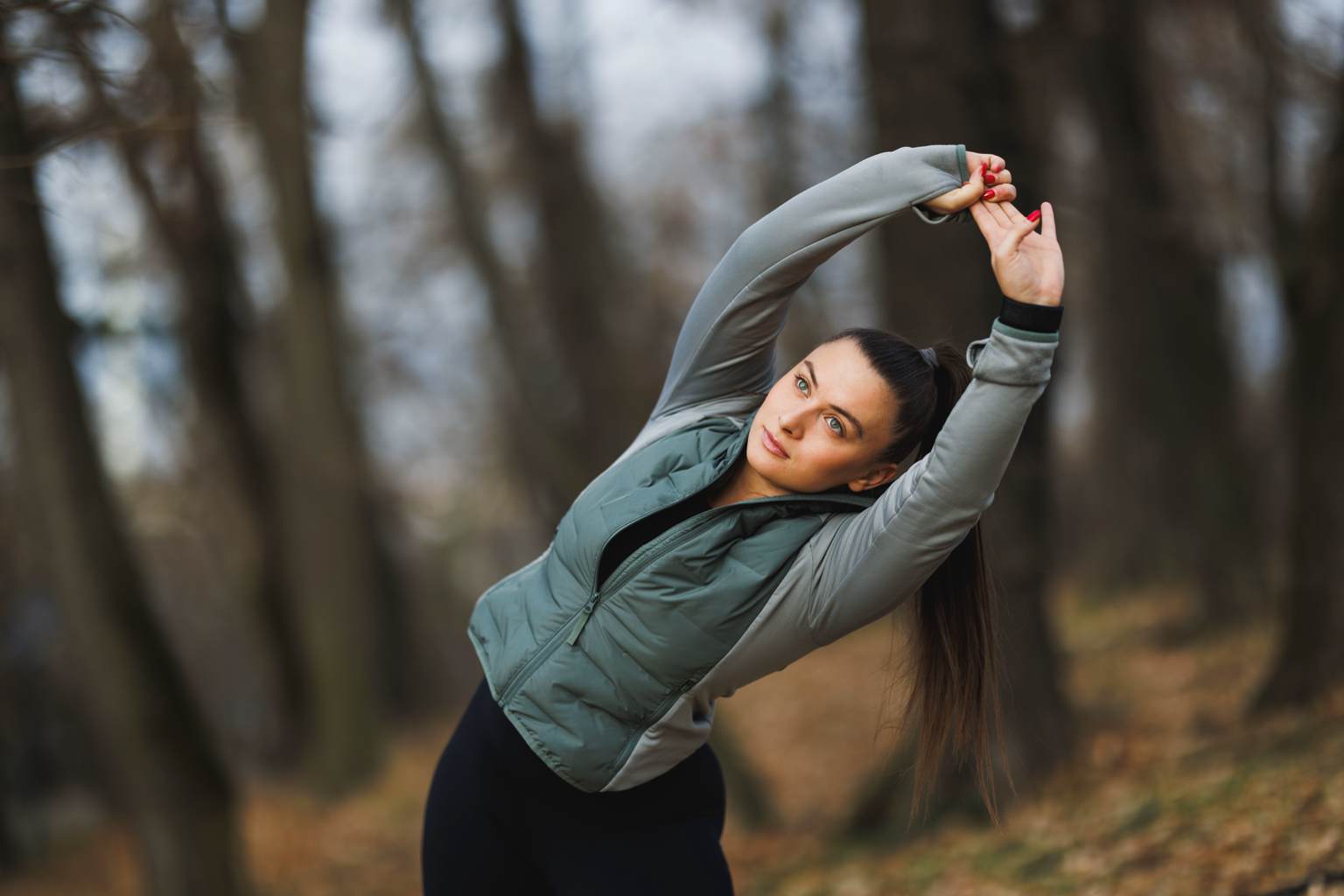In today’s fitness landscape, where high-intensity workouts and cutting-edge equipment often steal the spotlight, stretching might seem like a minor detail in your routine. But science and experience agree: regular stretching can be a powerful force for physical transformation. By dedicating just 10 to 15 minutes a day to intentional stretching, you can increase flexibility, reduce muscle tension, improve mobility, and support a quicker recovery, regardless of whether you’re an athlete or someone who sits at a desk all day.
Why stretching matters
Stretching involves gently elongating your muscles and tendons to increase their elasticity and your overall range of motion. This simple practice can help prevent injury, minimize muscle stiffness, and counteract the negative effects of sedentary habits. When you stretch, you also stimulate circulation, sending fresh oxygen and nutrients to your tissues. This aids in muscle recovery and can reduce soreness after physical activity. Over time, regular stretching helps you move more freely and with less discomfort in everyday life.
Types of stretching and when to use them
Not all stretching is created equal, different techniques offer different benefits. The two primary types are:
- Dynamic stretching: These are controlled movements (like leg swings, arm circles, or hip rotations) that gently warm up the body before activity. Dynamic stretches increase blood flow, prepare your muscles for exercise, and can reduce the risk of injury.
- Static stretching: This involves holding a stretch in one position for 20–60 seconds, allowing the muscle to slowly lengthen. Static stretches are ideal after workouts or as part of a daily relaxation routine.
Incorporating both types into your routine ensures your body stays supple, responsive, and prepared for various physical demands, whether it’s a workout, a long walk, or simply reaching for something on a high shelf.
Stretching and stress relief
Stretching isn’t just about the body, it also affects your mind. Slow, deliberate movements paired with deep, mindful breathing activate the body’s parasympathetic nervous system, which helps lower cortisol levels and promote a sense of calm. Many people who practice yoga, mobility work, or simple stretching routines report better sleep, reduced anxiety, and an overall boost in well-being. Stretching becomes a form of self-care, giving you a few moments each day to reconnect with your body and reset your mind.
Everyday benefits of daily stretching
- Improved posture: Counteracts the effects of sitting for long periods by opening up the chest, shoulders, and hips—reducing the risk of back and neck pain.
- Enhanced circulation: Encourages better blood flow, which speeds up muscle recovery and reduces stiffness after exercise or long periods of inactivity.
- Greater flexibility: Consistent stretching increases your joints’ range of motion and lowers the risk of injury in everyday movements or sports.
- Injury prevention: Loosens tight areas that can otherwise lead to muscle imbalances, compensation, and strain.
- Better balance: Improves your control over body movements and helps stabilize your joints, important for all ages, but especially as you get older.
These benefits accumulate over time, making daily stretching a powerful tool for both immediate relief and long-term health.
How to build a stretching habit
Like any positive change, consistency is key to reaping the rewards of stretching. Here are some practical strategies to make it part of your daily life:
- Start small, commit to just 5 minutes in the morning, after work, or before bed. Gradually increase your time as it becomes routine.
- Link stretching to an existing habit, stretch after brushing your teeth, finishing a workout, or during TV commercial breaks.
- Try online guided routines or use mobility apps for structured, easy-to-follow sessions.
- Keep a yoga mat or resistance band in sight as a visual reminder and invitation to move.
- Celebrate your progress, track how your flexibility, comfort, or mood improves over weeks and months.
Stretching is for everyone
There’s a common myth that you need to be flexible to benefit from stretching, but the opposite is true, it’s regular, gentle stretching that builds flexibility. No matter your age, activity level, or background, your body will respond to consistent movement and care. Start at your own pace and focus on progress, not perfection.
Stretching can be adapted for all needs, seated stretches for those with limited mobility, deep hip openers for runners, or full-body routines for anyone seeking greater ease of movement.
Final thoughts
Stretching may never trend like the latest HIIT workout or fill your fitness tracker with calories burned, but it’s a quiet and essential practice for lifelong health. It’s a daily investment in your comfort, resilience, and well-being, connecting you to your body, easing tension, and helping you feel more at home in your own skin.
🧘♀️ A few minutes of stretching each day can make you feel freer, lighter, and more energized for whatever comes next.
